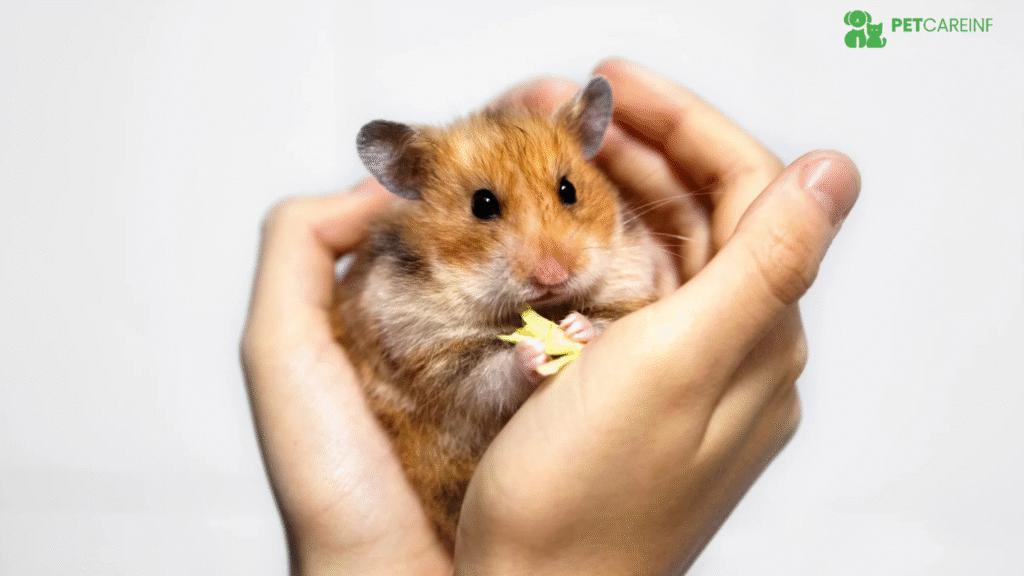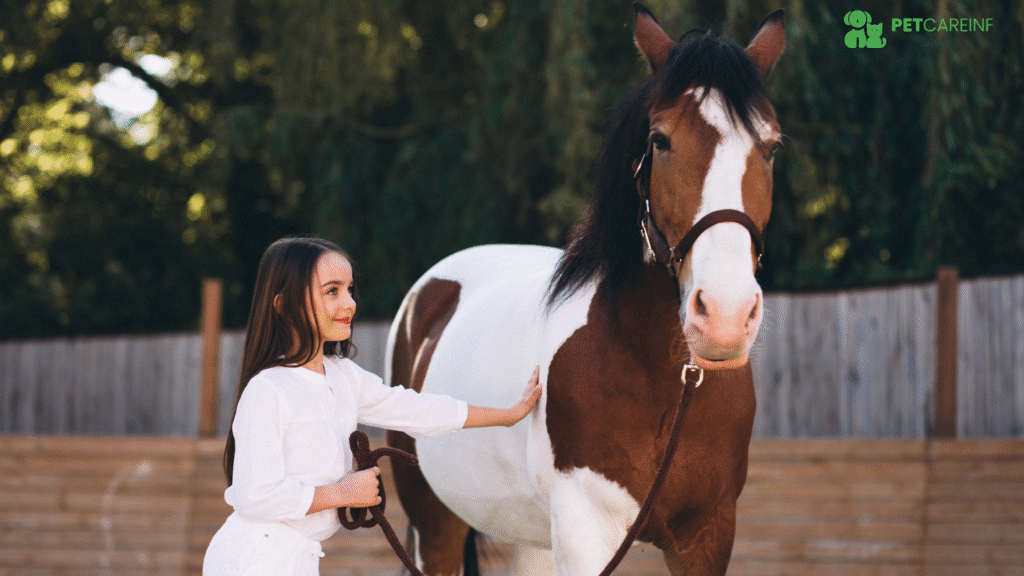Table of Contents
Every dog owner loves a coat that is shiny, soft, and silky. A healthy coat looks good and also shows that your dog feels well inside. Many pet parents ask the same thing: how to make dog fur soft or how to make dog hair soft. The answer is simple: good grooming, the right food, and steady care.
This guide shares easy tips for smooth silky dog fur. You will see how to brush and bathe the right way, what foods help the coat, safe home ideas, and when to get professional help. The steps are simple, so you can start today.
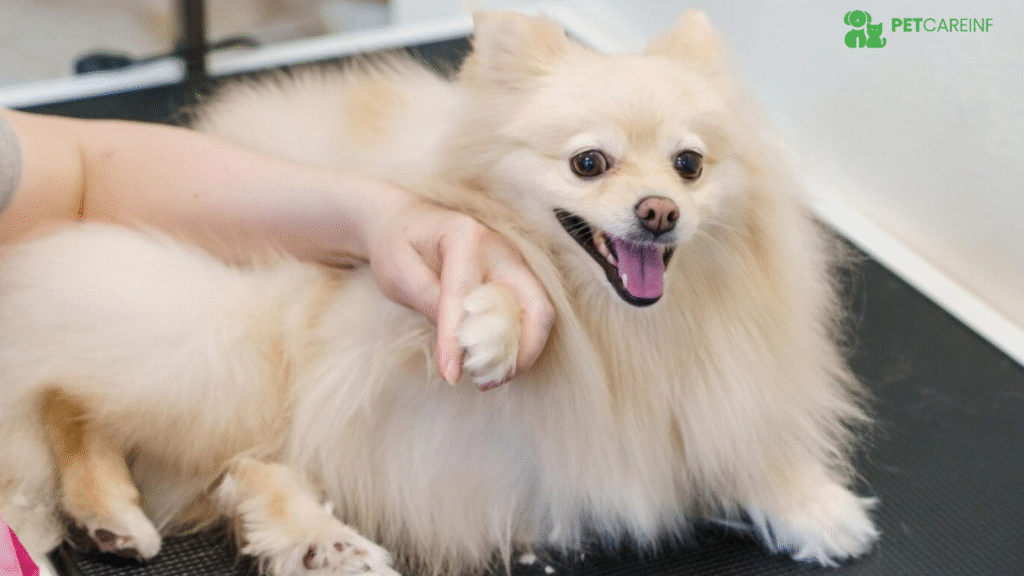

The Science Behind A Healthy Coat
Your dog hair is made from protein, just like nails and skin. If your dog does not get enough protein or key nutrients, the coat can look dull and feel rough. Natural skin oils also matter. These oils spread along the hair and give shine and softness.
Some breeds are silkier by nature, such as the shih tzu and Yorkshire terrier. double-coated dogs, like huskies or German shepherds, need more brushing to stay smooth. Short-haired dogs still need brushing so oils spread evenly and the coat looks bright.
A dull coat can also point to problems. allergies, fleas, worms, thyroid issues, or poor diet can harm the skin and hair. Coat care is not only about looks; it helps keep your dog healthy.
Grooming Habits That Transform Dog Hair
Grooming is the fastest way to improve dog hair.
Brushing
Brush daily for long coats and a few times a week for short coats. Use a slicker brush for long hair and a rubber brush for short hair. Brushing removes dirt and tangles and spreads oils so the coat shines.
Bathing
Do not bathe too often. For most dogs, once a month is fine. Over-bathing strips oils. Always use dog shampoo, not human shampoo, to protect the skin. A simple dog hair conditioner can make the coat extra soft.
Drying
Press with a towel instead of hard rubbing. If you use a dryer, keep it on low heat. Dry fully to prevent skin issues under damp hair.
De-shedding
An undercoat rake pulls out loose hairs from thick coats. Regular de-shedding keeps coats smooth and reduces dog hair all over your home.
Grooming time also builds a bond, lowers stress, and keeps the skin happy.
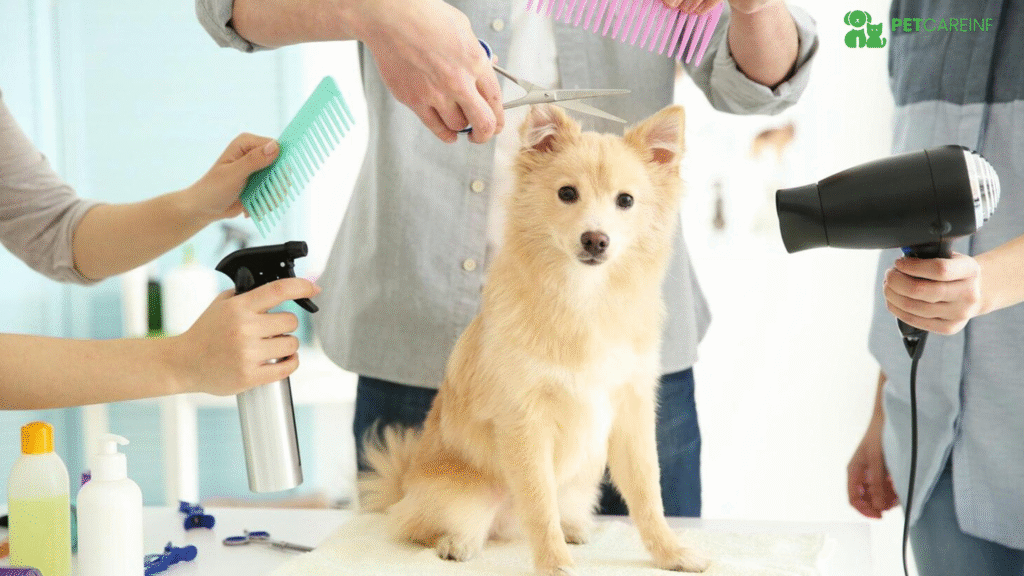

Nutrition For Silky Fur
You can brush every day, but the coat will not shine if the diet is weak. Food is the base of a soft, glossy coat. Good meals keep the skin calm and the hair strong. If you wonder how to make dog fur soft, start with the bowl.
Protein
Protein builds dog hair. Without it, hair breaks and feels rough. serve real meat, chicken, turkey, or fish. Eggs are a simple add-in that helps the coat. Steady protein helps make dog hair soft over time.
Healthy Fats
Omega-3 and omega-6 fats add shine and help dry skin. Salmon, sardines, flaxseed, and sunflower oil are good sources. A small spoon of fish oil in meals a few times a week is one of the best tips for smooth silky dog fur.
Vitamins and Minerals
Vitamin E supports skin. Biotin (B vitamin) helps dog hair grow strong. Zinc and copper support a glossy look. Quality dog food often includes these; if not, ask your vet about safe chews.
Water
No diet works without water. Low water makes fur dry and dull. Keep fresh water out at all times. You can add a splash of water or low-salt broth to meals to boost moisture.
Foods That Help
A cooked egg once or twice a week can add shine. A small spoon of coconut or olive oil mixed with kibble can soften the coat. Choose kibble that lists real meat first, not fillers.
Product Picks For Better Coat Health
- Wild Alaskan salmon oil — natural omega-3s for shine
- Biotin soft chews — support stronger hair growth
- Organic coconut oil for pets — feed small amounts or rub lightly on coat
- Premium meat-first kibble — look for meat as ingredient #1
Important Note: Too much oil or vitamins can upset the stomach. start small. if unsure, ask your vet for the right amount for your dog’s age and size.
Home Remedies For Softer Dog Fur
Simple home steps can help when used safely.
Coconut Oil: Rub a tiny amount between your hands and smooth over the coat. It adds moisture and soft shine. Do not overuse.
Oatmeal Bath: Blend plain oats into powder and add to warm bath water. This soothes itchy skin and leaves hair soft.
Aloe vera: Pure gel can calm red or dry spots. Mix with water as a light spray to condition.
Apple Cider Vinegar Rinse: Mix 1 part vinegar with 2 parts water. Pour after shampoo, then rinse with plain water. This helps remove residue and balance the skin.
Environmental And Lifestyle Factors
Food and brushing matter, but daily life matters too. A soft coat is easier when your dog is active, calm, and the home is clean.
Exercise and Daily Life
Movement improves blood flow. Better blood flow feeds the skin and hair roots. Healthy roots grow smooth dog hair. walks, play, and short runs all help.
Stress and Calm
Loud noise, long time alone, or big changes can cause stress. Stress can raise shedding and make hair look rough. Keep a calm space, give gentle care, and make time to play.
Weather and Shedding
Many dogs shed more in spring and autumn. Brush more in these times to remove loose hair and spread oils so the new coat shines.
Air And Home
Dry indoor air (common in winter) can make skin flaky. A small humidifier adds moisture. wash beds and blankets often, so dust and oils do not go back into the coat.


Professional Grooming And Vet Care
Sometimes home care is not enough.
Professional Groomers
Groomers can clean deeply, trim safely, and suggest tools and products that fit your dog’s coat. They often notice early skin problems.
Vet Visits
See a vet if the coat is dull, patchy, or falling out. issues like allergies, parasites, or thyroid problems need treatment. Regular checks keep your dog healthy inside and out.
Breed Specific Coat Care
Not all coats are the same. The right routine depends on breed and hair type. This matters for short coats and for long coats like a long-haired weiner dog, long-haired weiner dog, weiner dog long hair, wiener dog long hair, or long hair wiener dog (all common ways people describe the long-haired dachshund). Use the routine that fits your dog:
Long-Haired Breeds
Shih tzu, collie, and long-haired dachshund types tangle fast. Brush daily and bathe about once a month. A light detangling spray helps the brush glide.
Short-Haired Breeds
Beagle or boxer coats do well with a weekly rubber grooming glove. It spreads oils and makes dog hair shine. Do not over-shampoo.
Curly-Haired Breeds
Poodles and doodles need regular trims and conditioner so curls stay soft, not wiry. Brush often to prevent mats.
Double Coated Breeds
Husky and German Shepherd shed heavily twice a year. Use a de-shedding rake to lift the soft undercoat while protecting the topcoat.
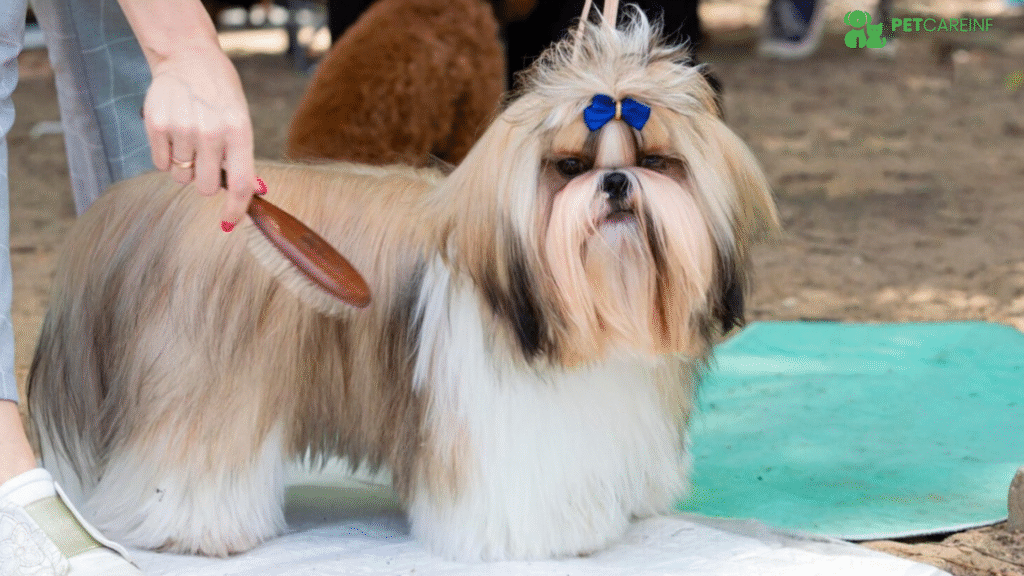

Conclusion
A silky coat is not luck. It comes from steady brushing, gentle shampoo and conditioner, good food, enough water, and low stress. Follow these tips for smooth silky dog fur, and you will help your dog look and feel better. Soft, shiny dog hair is a sign of a happy pet.
Frequently Asked Question
How can I make my dog’s hair soft?
You can make your dog’s hair soft with protein-rich food, omega-3 fats, regular brushing, and monthly baths using dog shampoo and conditioner.
How to keep dog hair fluffy?
To keep dog hair fluffy, brush often, dry with a low-heat blow dryer after baths, and use detangling or fluffing sprays for extra volume.
Does coconut oil make dog fur soft?
Yes, coconut oil makes dog fur soft. You can add a spoon to meals or rub a little into the coat for natural shine.
What makes dogs’ fur softer?
Dogs’ fur becomes softer with healthy food, steady grooming, enough water, and moisturizing products. Brushing spreads oils and helps keep hair silky.
What size brush is best for long hair weenie dog?
For a long hair weenie dog, use a slicker brush. It removes tangles, spreads oils, and keeps the coat smooth without pulling.


